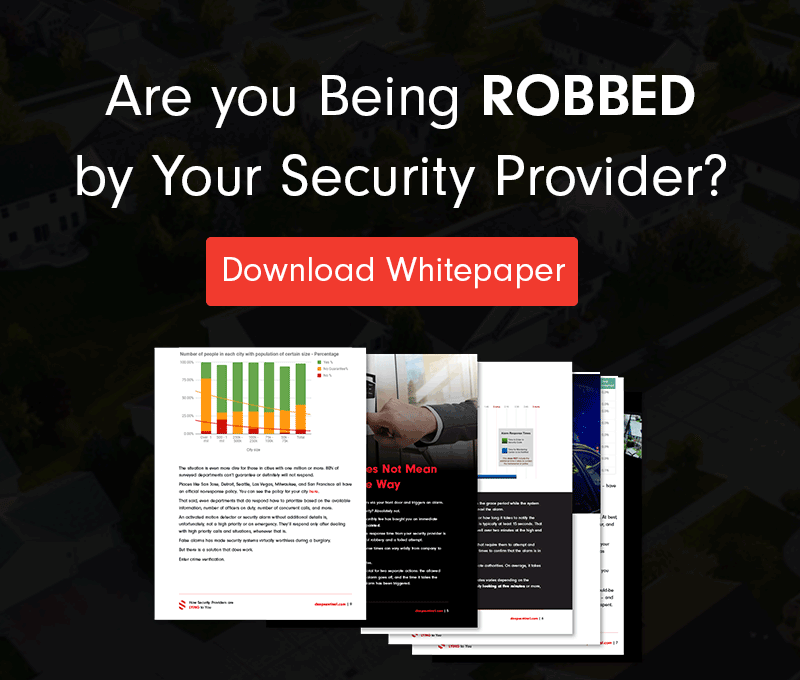Monitored vs. Unmonitored Security Systems

Security systems undoubtedly make homes safer. After all, you are 300% more likely to be targeted by burglars if you don’t have a security system in place. When burglars prowl, having a security system, ideally one with cameras, increases your protection and decreases your risk. But that can be easier said than done, with so many providers offering a wide range of products and services. Do you want to sign a contract? How do you decide on a security camera? Wired or wireless? And perhaps most importantly, how do monitored vs. unmonitored security systems stack up against each other?
Let’s take a closer look.
Monitored vs. Unmonitored Security Systems
There are two main types of security systems: those that are monitored by others and those that are not.
But an “unmonitored” home security system doesn’t actually mean no one is watching. It just means that you’re doing the watching yourself rather than paying for that service.
And, for that matter, a “monitored” security system doesn’t necessarily mean that someone is watching. At least, not with traditional alarm systems. More on that later.
What Is an Unmonitored Security System?
An unmonitored security system does not have a third party keeping a watchful eye over it. That responsibility falls to the owner.
If you own one of these systems, you’ll be notified—typically via a mobile app, text message, or local siren—every time an alarm gets triggered or a camera is activated. You must then assess the situation and decide on a course of action. “Unmonitored” is more accurately “self-monitored.” You’ll be doing the watching and have complete control. But is it the better way?
Examples of self-monitored security systems (some of which you can upgrade to include remote monitoring):
- Ring
- Nest
- SimpliSafe
- Abode
- Arlo
- Wyze
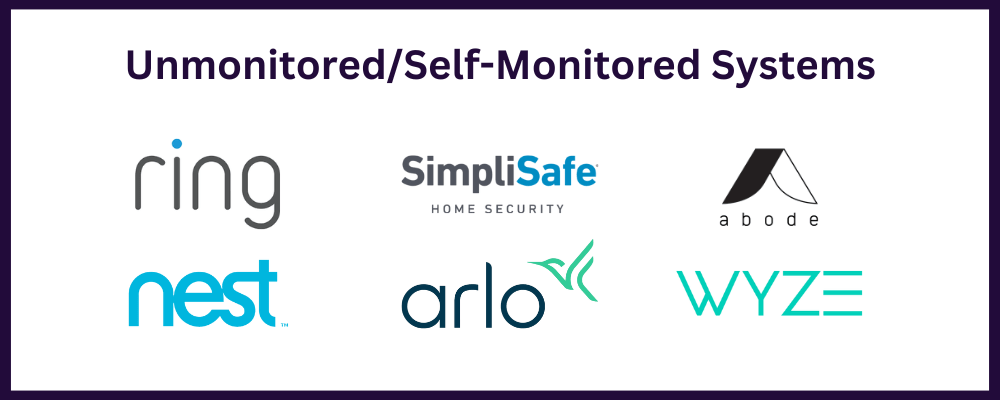
What Is a Monitored Security System?
By comparison, a monitored home security system connects to a remote monitoring center staffed by security personnel. They receive a notification every time an alarm goes off or a sensor gets tripped. In most cases, they can inform the police on your behalf.
As the owner, you’re not solely responsible for protecting your home. It may not be necessary for you to respond to or even be aware of the notifications in order for action to be taken. That said, many providers require the monitoring center to at least attempt to contact the homeowner before involving the police. As mentioned above, not all monitoring is created equal.
Examples of monitored security systems:
- Deep Sentinel
- ADT
- Bay Alarm
- Vivint
- Brinks
- Upgraded/premium versions of some DIY systems like Ring, SimpliSafe, etc.
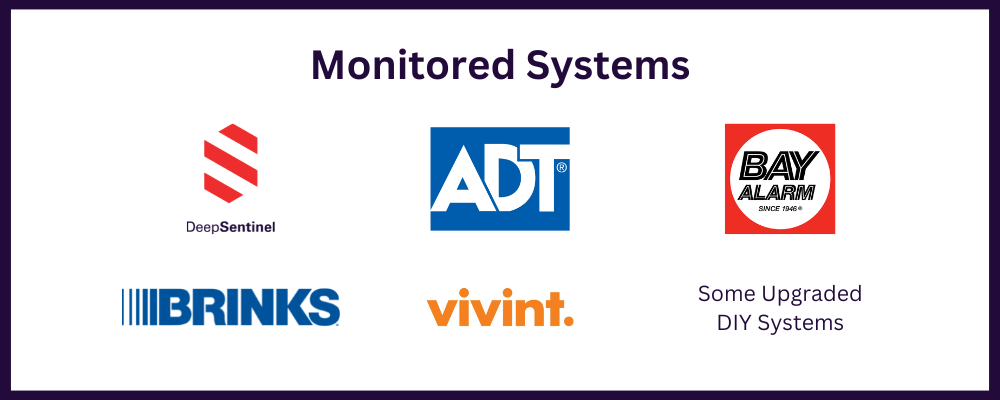
Unmonitored Systems: Pros and Cons
Self-monitoring your security system might work for you if you have the ability and stamina to respond at all times. But it’s not without its shortcomings.
Pro: Lower Cost
Perhaps the biggest reason people opt for unmonitored is the lower cost. Some providers like Abode allow you to self-monitor for free, while others like SimpliSafe offer it for a nominal fee, typically $10/month or less. Monitoring services cost more since you’re paying your protectors for their time.
Pro: Complete Control
Again, self-monitoring is all on you, but that may actually be a good thing in some ways. You will instantly recognize your neighbor on the doorstep or your kids coming home early and forgetting to disarm the system. A stranger sitting in a monitoring station? Not so much.
If you’re doing the monitoring, you can assess the situation immediately, dismiss the false alarms directly, and alert the police to a verified crime-in-progress if it happens.
Pro: Better Privacy
Granting permission to a third party to monitor your property comes with a price beyond the monetary cost: you have to sacrifice at least some of your privacy. In theory, anyone from monitoring center employees to hackers could access the feed, which is especially concerning with indoor cameras. (That’s why Deep Sentinel carefully vets all professional guards and only allows outdoor security cameras for residential customers: for your protection and peace of mind.)
When you’re the only one with access, you don’t need to worry about prying eyes, hacks, or data breaches.
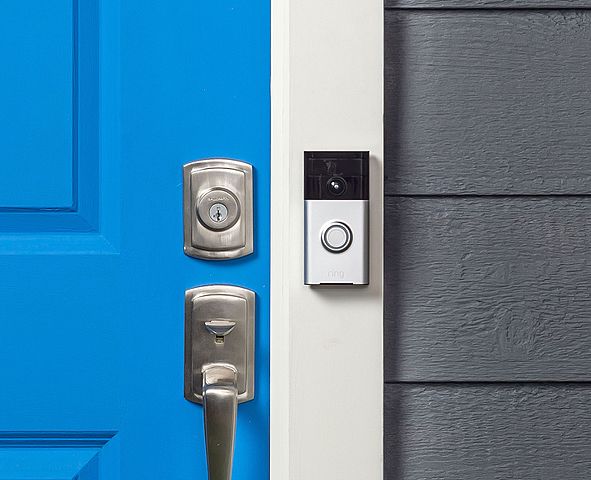
Con: No Support
It’s all on you. Every alarm. Every notification. And if you don’t notice or receive them because you’re unavailable, out of reach, asleep, disconnected, or incapacitated, no one is going to deal with that potential intruder for you. With self-monitoring, you can’t afford to take a “day off” from watching your own home.
Con: No Footage Back-ups
Unless available and purchased separately, an unmonitored security system often does not come with digital backups of captured video. So even if a burglar is caught on camera, you can’t provide the footage to the police after the fact. And then, what’s really the point of having the system at all?
Con: Reactive (No Crime Prevention)
An unmonitored system is a reactive system. The alert goes off only after the window is already broken, the door is already open, or the intruder is already inside. By the time you get the notification, it’s already too late. It does little, if anything, to prevent crime. Your best hope is that you open your app while criminals are breaking in and are close enough (and intimidating enough) to scare them off.
Con: False Alarms Are Annoying
With a self-monitored system, notifications continually interrupted your day. And not all of them are important. Falling leaf? Wandering wildlife? Nearby pedestrian? All of them will ping your system. And you have to check every notification to make sure this one really was a harmless critter and not a burglar.
Monitored Systems: Pros and Cons
Debating between monitored vs. unmonitored security systems is, in some ways, immaterial. Ideally, a monitored system is always superior to an unmonitored one. The more people paying attention to your security, the better, right? However, it can depend on the system.
Pro: Convenience and Ultimate Peace of Mind
Professional monitoring takes the hassle out of your security and puts the responsibility on someone else. You set it and forget it. What happens if an alarm goes off while you’re in a meeting, away from your phone, or otherwise unavailable? With a monitoring service, you’re still covered. That’s 24/7/365 protection.
Imagine that you’re the victim of a home invasion, and a burglar is actively threatening you. You can’t access your phone or security system to alert the authorities, and you’re in danger. Having someone else watching over you would be invaluable, wouldn’t it?
Pro: Comprehensive Coverage
Many providers will offer perks if you sign up for monitoring. These might include discounted hardware, accessories, low-cost or free installation, or additional services like cloud storage, cellular backups, smart detection to differentiate between an intruder and your dog, automation, and so on. Typically, these premium features are not available for self-monitoring customers.
Pro: Professionally Trained
If you choose the right security provider, the folks in the monitoring center received specialized training in threat assessment, de-escalation techniques, dealing with emergencies, and more. They have the know-how to carefully and quickly deal with virtually any situation. But a word of caution: some of the most well-known security companies don’t provide as much training for their security monitors as you might think. Do your research to make sure your protectors are skilled security professionals and not entry-level phone reps.
Pro: Proactive Protection
When someone is watching your property at all times, you have the opportunity to stop a crime before it ever begins. Having outdoor cameras with live security monitoring means catching burglars beyond your front door. Pair those cameras with two-way audio and additional features like sirens, and you have a powerful crime deterrent on your hands.
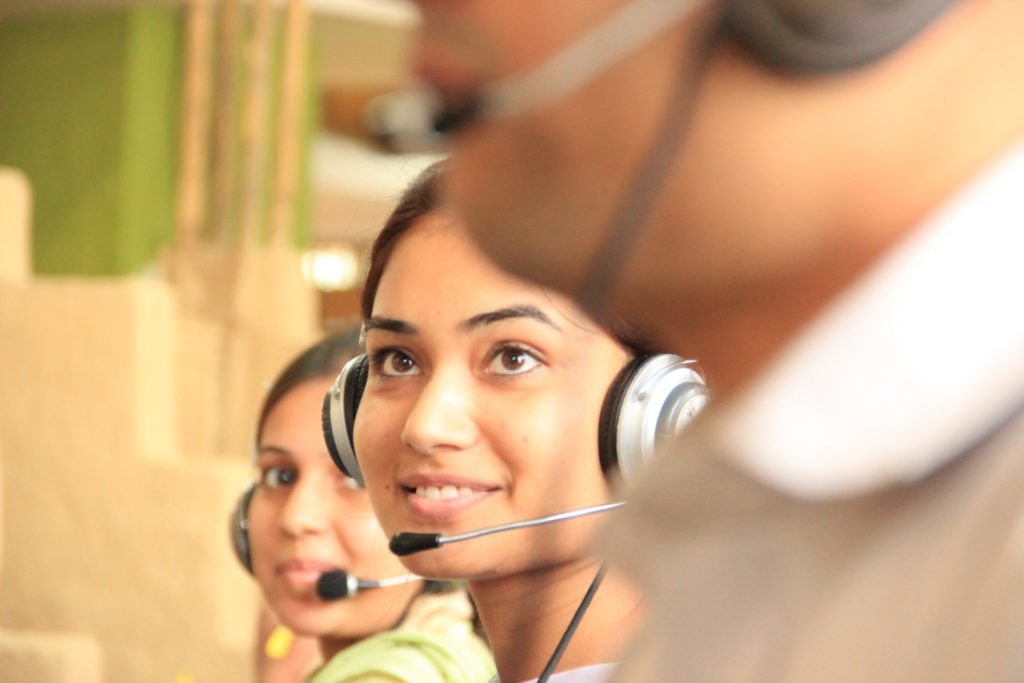
Con: The Risk of Passive Monitoring
Many security providers offer “professional monitoring” that can only be called passive monitoring at best. There is no professional sitting at a desk watching your property in real time. They will, however, respond to an alarm after it goes off. But unless they have access to a live video feed—or can reach the owner by telephone—they have no actual way of knowing what’s going on or whether it requires police intervention.
Con: False Alarms Are Costly
Unfortunately, the (passive) monitoring offered by big-name providers like ADT can lead to a lot of false alarms because they have no way to see or verify that an actual crime is taking place. The sheer volume of false alarms in the traditional security market has led to many police departments either de-prioritizing home security alarms or having an official no-response policy in place for unverified ones. If you opt for a monitored system, make sure that your provider can verify crimes without your assistance so you don’t waste valuable time or incur nuisance alarm fees.
Con: Owner Verification Means Slower Response Times
For traditional alarm systems, the monitoring station doesn’t immediately call in the cavalry when a sensor is triggered. There’s an allotted time to enter the disarm code before the alarm goes off. This can be anywhere from 10 seconds to several minutes depending on the provider and settings. Next, the monitoring station is notified, which can add another 15-45 seconds or more. They will then try to contact the owner before alerting the authorities.
All told, you may be looking at a response time of up to 8 minutes before the police are notified, and another 10 minutes before they get to you (if they’re coming at all). Meanwhile, the average burglary lasts only 8-12 minutes from start to finish.
That’s why getting a system that can verify crime for you is so important.
The King of Monitored vs. Unmonitored Security Systems: Deep Sentinel
So, is there a clear winner in the monitored vs. unmonitored security systems discussion? Yes, there is. If you want to invest in maximum protection, a monitored system with proactive protection is the way to go. You want the only system with highly trained live security guards who can verify crime and contact the police on your behalf, eliminating the risk of false alarms. What system can do that? Deep Sentinel.
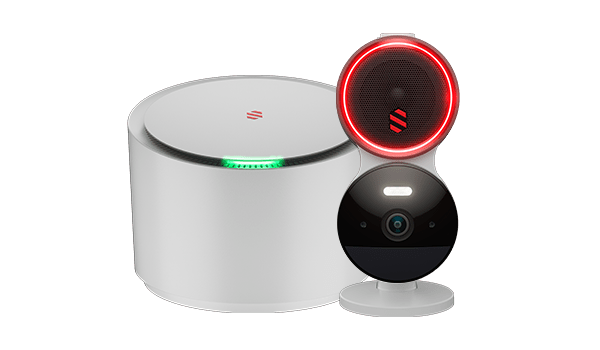
Deep Sentinel delivers an unparalleled real-time video surveillance solution that eliminates the downsides of traditional alarm systems. LiveSentinel surveillance guards have real eyes on your property, providing critical help when it counts.
Motion-activated cameras detect movement in under a second, proprietary AI assesses the source and alerts live guards to a potential threat in 4 seconds or less, and surveillance guards evaluate the situation, engage with the suspect in real-time via video feed and 2-way audio, and contact law enforcement if necessary. Total time? 30 seconds. Or less.
And because there are live eyes on a verified crime-in-progress, authorities are quick to respond. No false alarms. Ever.
Deep Sentinel provides live video camera monitoring backed by guards who engage with would-be criminals the instant they step foot on your property. It’s a proactive solution to prevent crime before it happens, unlike passive monitoring systems that react after the fact.
That’s true protection. That’s Deep Sentinel.
Need a Solution that Prevents Crime?
Deep Sentinel is the only security technology that delivers the experience of a personal guard on every customer’s home and business. Visit deepsentinel.com or call 833-983-6006

